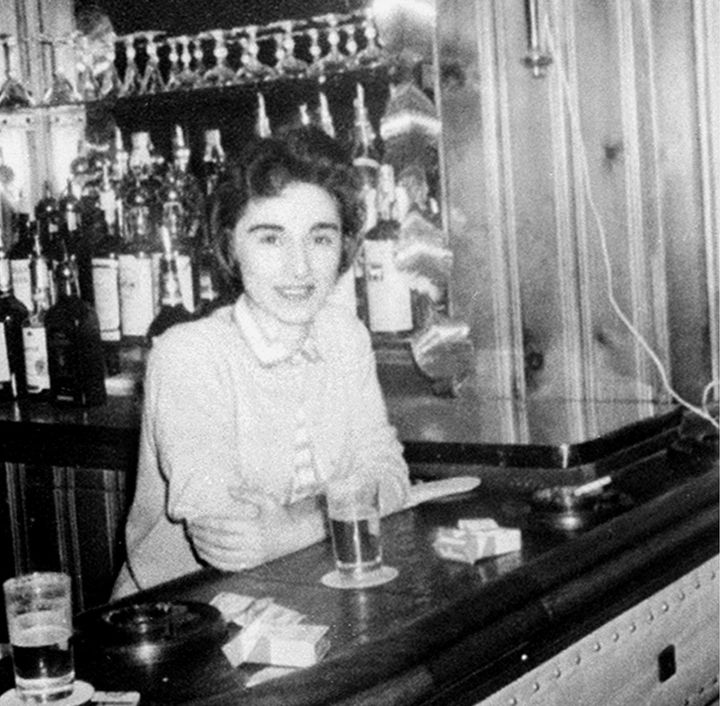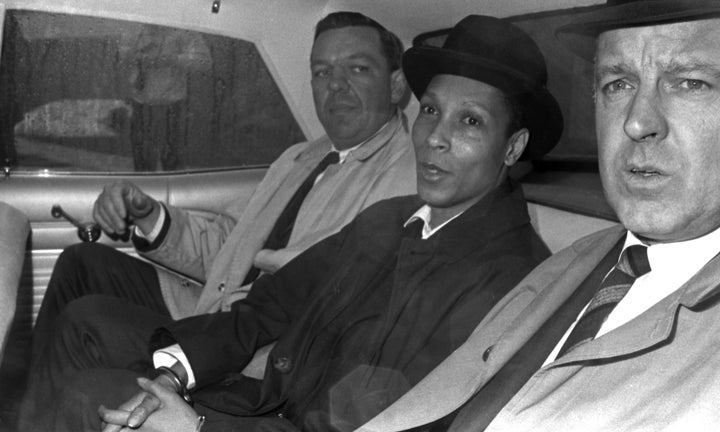One of New York's longest serving inmates, Winston Moseley, died at the age of 81 at an upstate New York prison late last month. But it is the death of the woman he viciously attacked, Kitty Genovese, that will be forever memorialized as the reason our modern 911 system exists.
The rape and murder of Genovese in 1964 -- one of the most resilient tall tales in American crime history -- also led to the adoption of Good Samaritan laws in the United States. These laws protect bystanders who step in to help someone they believe is injured or in danger.
Moseley, a psychopathic serial killer whose March 28 death was confirmed on Monday, didn't know Genovese when he stalked her out of a New York City bar where she worked on the night of March 13. He then repeatedly stabbed and raped her outside of her apartment complex.
It took an hour for cops to respond as Genovese bled out, and she died on the way to the hospital. The attack garnered instant and widespread outrage, as officers on the scene erroneously stated that dozens of neighbors witnessed separate attacks on Genovese, yet did nothing to help her.

Two weeks later, The New York Times published a flawed but powerful front-page headline, "37 Who Saw Murder Didn't Call the Police," and the tall tale was set in stone.
For more than half an hour 38 respectable, law‐abiding citizens in Queens watched a killer stalk and stab a woman in three separate attacks in Kew Gardens.
Twice the sound of their voices and the sudden glow of their bedroom Iights interrupted him and frightened him off. Each time he returned, sought her out and stabbed her again. Not one person telephoned ‐ the police during the assault; one witness called after the woman was dead.
As it turns out, nobody witnessed the attack, and the number of people who may have heard screams remains in dispute. The Times wrote on Monday that its original story was erroneous and exaggerated.

But the crime, and lack of response, stirred up a fear in Americans that led to real policy change.
Psychology textbooks began connecting Genovese's plight to concepts like "the bystander effect," and "Kitty Genovese syndrome" -- the idea that witnesses are less likely to step forward and help when they're part of a crowd, NPR reports. Local politicians rallied around a national emergency response system, which experts say led to a unified 911 protocol in 1968. Up until 911, New Yorkers could dial "0" for an operator and get in touch with their local precinct for help.
"The 911 system grows more or less directly from the outcry from Kitty Genovese’s death," Kevin Cook, author of Kitty Genovese: The Murder, The Bystanders, The Crime that Changed America, told NPR in 2014.
Moseley spent more than 50 years in prison and was denied parole 18 times, according to the Associated Press. He broke out of custody during a hospital visit in 1968, when he held hostages in Buffalo and raped a woman before he was recaptured three days later.
"I know that I did some terrible things, and I've tried very hard to atone for those things in prison," he said during a 2013 parole hearing, the AP reports. "I think almost 50 years of paying for those crimes is enough."
Though Moseley may be remembered as one of New York's longest-serving inmates, it's Genovese's name -- and the tale of her city's failure to help her -- that will be echoed for decades to come.
